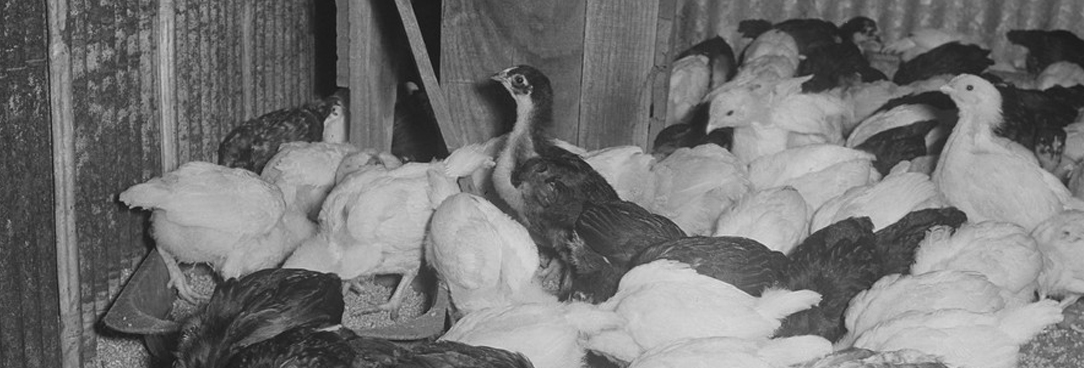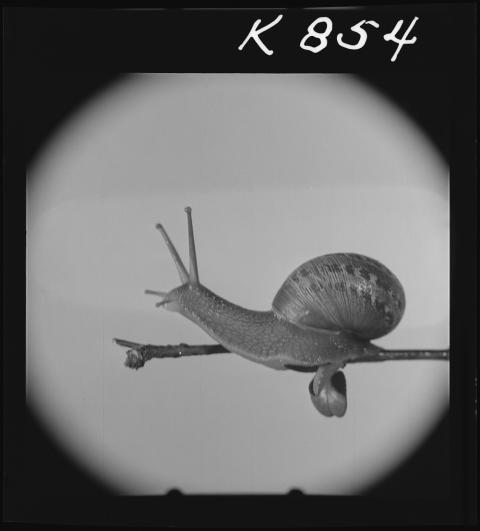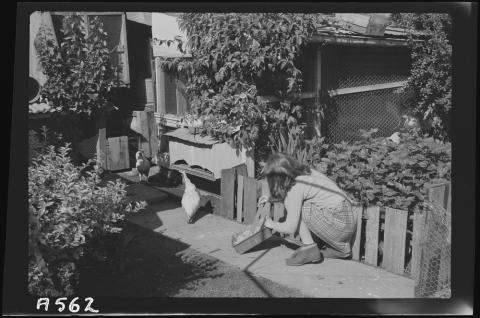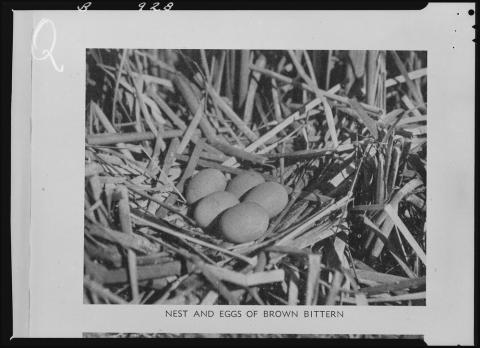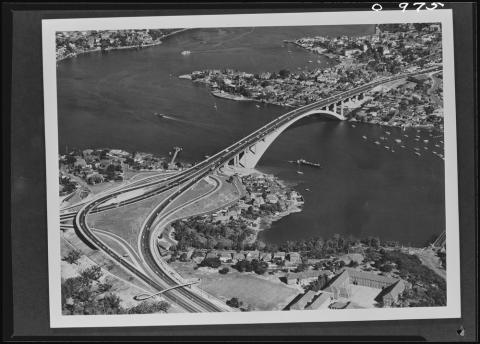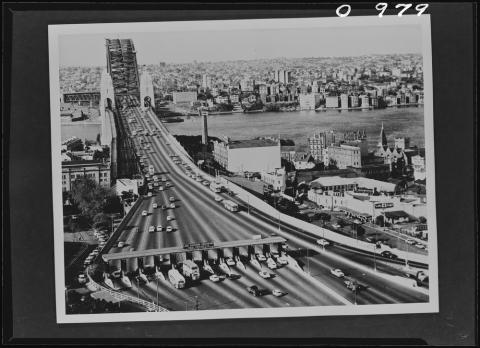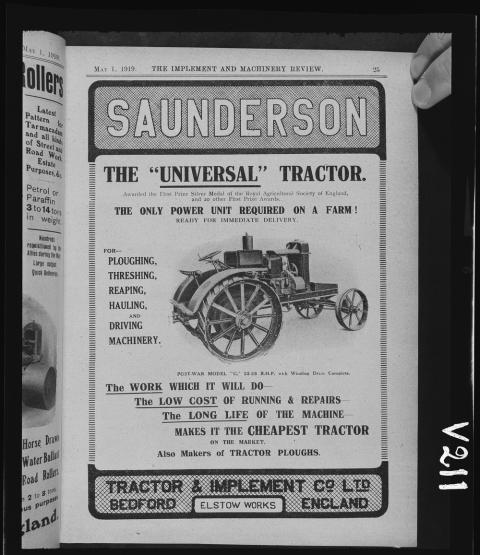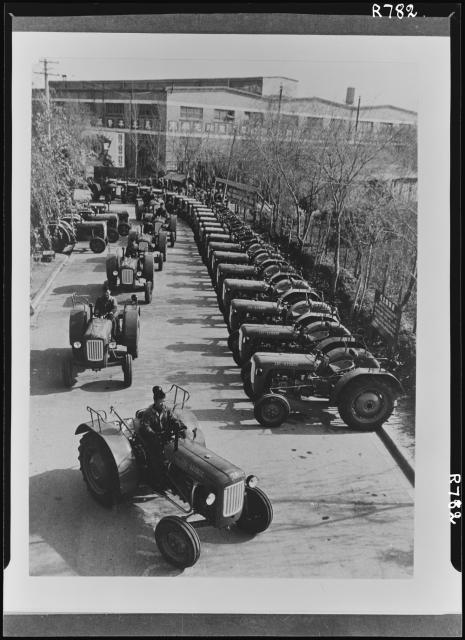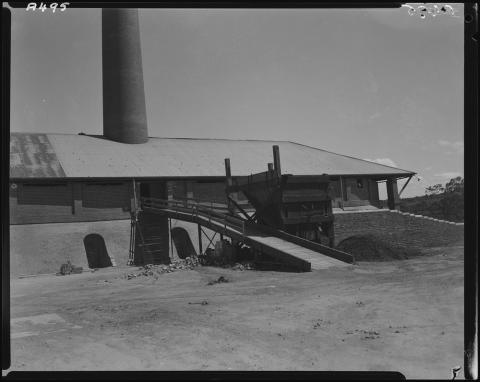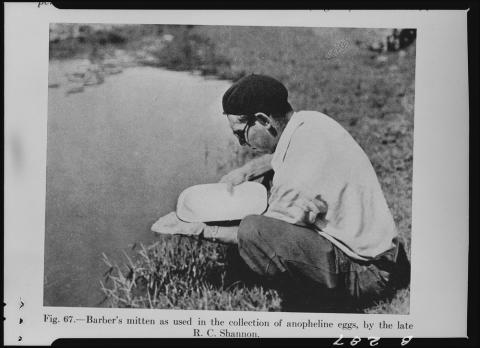Author: Graham Herschell
They were lying unloved in the PROV cool room. A series of negatives languishing in folders, looking much like the old family albums that you, your parents or grandparents may have kept in the attic. They smelled like an English fish and chip shop.
Why the odour? They had contracted a creeping case of vinegar syndrome. Why the English fish and chip shop? Ask any English person. Although not all of the negatives were affected it was feared that eventually the syndrome would spread and we would lose the lot. Unless of course a vaccine could be found or the negatives were made to wear masks and socially distance, something had to be done.
Thankfully, due to the generosity of the Ross Trust, we were able to have this series of more than 18,000 negatives digitised in 2019 and preserved for future researchers. This of course rendered my efforts to produce a vaccine null and void. The digitised images are now available online for the very first time.
The negatives came to us from the Publications Branch of the Education Department and are dated circa 1950-1967. As can be seen by a quick perusal of the digital copies, the Branch were undiscriminating in their Publications covering a wide range of topics from Australian Wildlife to Zen Buddhism (I haven’t actually found any relating even remotely to Zen Buddhism but I’m not discounting it at the moment).
You may be interested in school architecture of the period (just saying) or maybe the way that the era depicted the First Australians. There are Australian animals and insects, musical instruments and landscapes, city views and buildings, bridges and barges, bears and pears, lochs and docks, bees and trees, I could go on but you probably get the message.
If you really like machinery, I’ve heard that it’s a thing (Mechaphilia) but probably not an appropriate subject for this blog, then you will be pleased to know that the Education Department has a number of agricultural machines featured in this photographic collection. If tractors and stuff are not your thing and now you are thinking about looking up Mechaphilia, don’t bother it’s not that exciting I mean lots of people love their cars but…there are plenty of other subjects to enjoy. Perhaps the Caravel process camera is more your thing? You can find Instructions for use of the Caravel process camera in the collection. Who knows when they may come in handy?
Further browsing uncovers a number of images of snails, and a few photos of their natural enemy, I know what you are thinking “Gabriel Gateaux”, but no I refer to the brick, snaps ranging from the manufacture to the laying of said item. Speaking of laying, you will find pictures of chickens doing all kinds of things along with their eggs, and some of frogs’ eggs, plover eggs and so on.
Search the collection
There are many subjects covered in this vinegary gathering, the majority of which are unaffected and even the worst affected have been able to be preserved in digital form. So, whatever your interest you should be able to find something amongst this collection to make you smile, have a look here!
Material in the Public Record Office Victoria archival collection contains words and descriptions that reflect attitudes and government policies at different times which may be insensitive and upsetting
Aboriginal and Torres Strait Islander Peoples should be aware the collection and website may contain images, voices and names of deceased persons.
PROV provides advice to researchers wishing to access, publish or re-use records about Aboriginal Peoples
